On one of those too-good-to-be-true autumn mornings in New York City, we meet with Amy Buchanan. Amy lives in Fort Greene, Brooklyn; she is a rider of bikes, a lover of Broadway, an Oklahoma native and an organizer of social events as the co-founder of Spring Street Social Society.
When we asked Amy if she’d show us around her top spots in Manhattan, and here’s what she told us: “My favorite part of the city in the autumn is the West Village. It’s perfect because everything is so close to each other, and everything is gorgeous.” And following this mid-fall jaunt, we find we have to agree.

—
Chalait
224 West 4th Street
Sharp lines throw geometrically pleasing frames of sunlight throughout the minimalist space––one that feels almost Scandinavian in design. Occupying a spot along West 4th (at that confounding corner between 7th and Christopher), Chalait is clean and––on a sunny morning––very bright.
The shop offers the usual coffee canon. Macchiato, cortado, Americano––all are represented here––but the twist is this: you can have any with your traditional espresso base, or try them matcha-fied, as a mossy-hued beverage that bears some resemblance to a green juice. It’s certainly more festive than the standard-issue coffee-brown, but does it taste good? Survey says––yes. A matcha latte is pleasingly creamy in both flavor and texture with just a touch of grassiness, a colorful spin that makes a nice alternative when you’re looking to bypass the caffeine buzz. There’s even a matcha hot chocolate on the menu.
Pair any of their pick-me-ups with a selection of sandwiches, pastries (from city favorites like Greenpoint’s Ovenly), or Amy’s choice of the day––a tartine called the Avocado Sunrise, made with marinated tomato, arugula, avocado, poached egg, roasted pepitas and chimichurri.

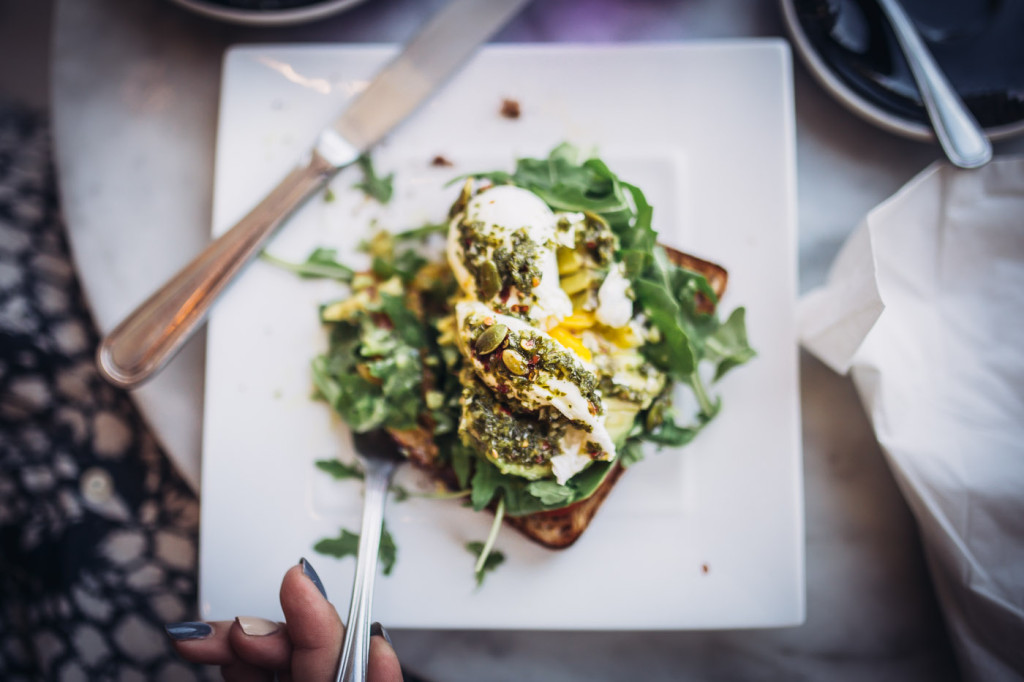

—
Bubby’s
73 Gansevoort St
This spot is technically the Meatpacking district, the shift in neighborhood subtly signified by a switch to cobblestone streets that lead the way to this old-school American eatery.
Step inside and back in time to an era when there were more diner banquettes than fine-dining tables in the city. Glass domes protect a pedestaled pie selection that feels distinctly down-home––sour cherry, key lime and local apple are easily digestible departures from some of the more experimental flavors that pie shops are playing with around town. All are familiar and comforting with a cup o’ joe, though if it strikes your fancy, the fountain announces an assortment of float-ready sodas instead.
Service runs three meals daily with options ranging from pancakes to pit-barbecued brisket to veggie burgers. At breakfast time, thick greek yogurt with house-made granola and fresh fruit is sensible and tasty––but if you feel like throwing the adult rulebook into oncoming taxi traffic, you can go straight for an ice cream sundae. Amy’s the professional here, so we follow her lead––headfirst into a salted caramel ice cream dusted with cinnamon and a heap of malt powder. It’s basically pie in frozen, spoonable form, and it’s served in a Chinese takeout container––adding to the already quintessentially New York feeling.
There’s plenty of seating inside or out, if weather complies. But being situated directly beneath the High Line, we say snag a scoop of ice cream or a slice of pie (or both), and settle in at the park with for a sweet and spectacular view of the Hudson River.
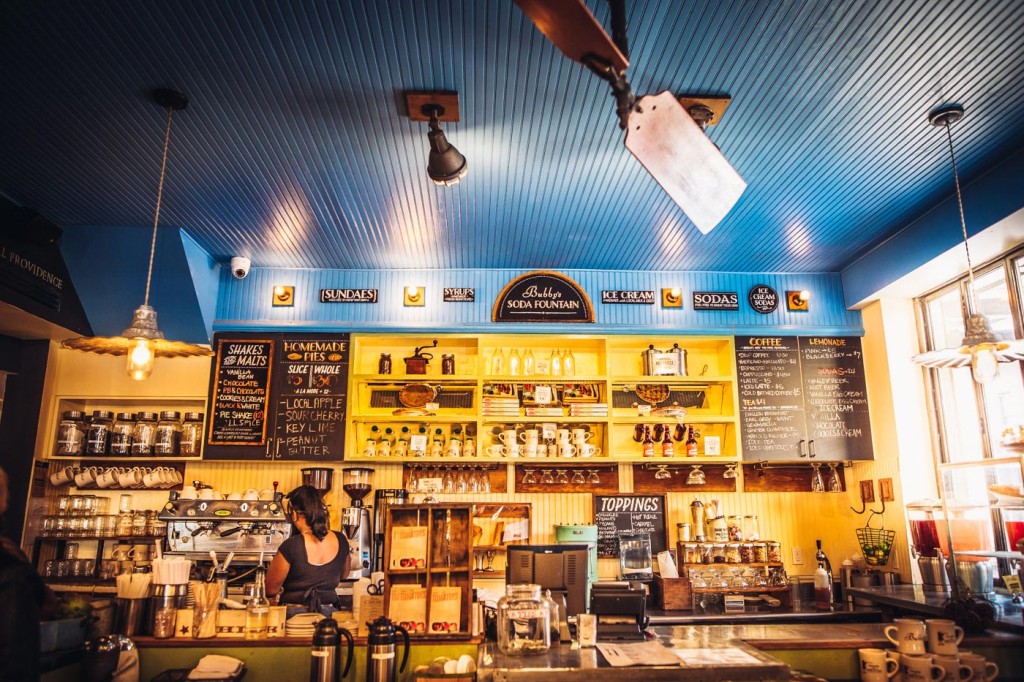

—
Bookmarc
400 Bleeker Street
A corner bookstore belonging to the Marc Jacobs empire, this intimate shop makes an ideal slow-down stop between breakfast and lunch.
Art, fashion, music and design books are well-represented here, along with a small but thoughtful group of food-focused volumes. If you’re in need of office accessories, Jacobs’ store is stocked with keyrings, iPhone cases, coin purses, pens and similar supplies.
Pick up a selection from the small but quality curation, and then steal off to a cozy park bench across the street to enjoy while the temperature permits.




—
The Meadow
523 Hudson Street
A quaint, narrow storefront that’s relatively new to the neighborhood. The Meadow actually hails from Portland, Oregon, but the product selection is a deliberately specialized one that feels right at home in the West Village.
Step inside and to your left, find floor to ceiling chocolate bars from all over the world––each one wardrobed in beautifully distinguished wrapping in a collection of flavors for any palate. To your right––an equally expansive selection of salt. From Pinot Noir infusions to buttered popcorn salt, The Meadow offers over 100 head-spinning varieties for a massive range of applications.
A median running the length of the shop supports a procession of multi-hued of floral arrangements, and if you follow the flowers to the rear of the store, a catalogue of craft bitters and other cocktail accouterments greets those seeking something a little stiffer than chocolate.
Be prepared, when you pay for your sundries, you might want to expect to drop another couple of bucks on the impulse offerings at the counter. Delicious, attractively packaged and bite-sized caramels, chocolates and candies with an unavoidable, Alice in Wonderland-esque “Eat Me” quality––it would take serious willpower not to collect a few more samples at checkout.

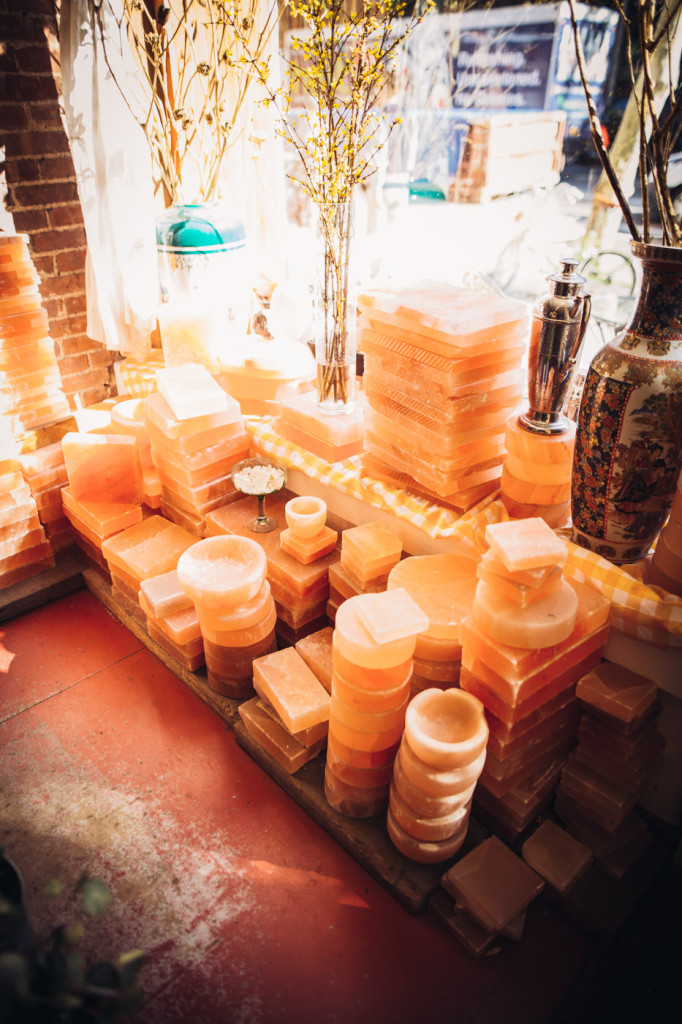
—
Tertulia
359 6th Avenue
Chef Seamus Mullen spends a good deal of time describing his space to us, and rightly so. He’s spent a good deal of time developing it. Each wall and weathered brick tells a story from his time spent in Spain and beyond, drawing from various destinations to create a patchwork design representative of the regions influential to his cuisine.
The resulting atmosphere feels as historically relevant to Mullen himself as the building does to the city. At one time, a space between the first and second floors of the structure was used as a speakeasy. Mullen points out that in examining the building’s facade, a windowless gap between floors is noticeable––the space in which these slightly less legitimate affairs were shielded from the world.
But when it comes to the plate, Mullen puts fresh, well-seasoned and well-executed dishes down––being legit is not in question. Grilled fairytale eggplant over an open flame with husk cherries, wild honey and marcona almond, followed by simple and addictive skewered mushrooms with lime and pine salt are served to share. Seafood in the form of grilled tuna belly arrives, then Tosta Matrimonio, named as such for the two “married” anchovies––one black and one white to represent bride and groom––arranged on a flax and quinoa crisp and blanketed in sheep’s milk cheese with a sole strip of roasted tomato to deliver sweetness and acidity. Carrot soup drizzled with fruity olive oil and smoked deviled eggs both make appearances, but last only briefly between our grateful group.
And Amy endorses Tertulia’s cocktails, so a sample seems in order. A simple, tasty drink built from fig-infused rye whiskey and cider is a strong indicator of the restaurant’s solid bar program.
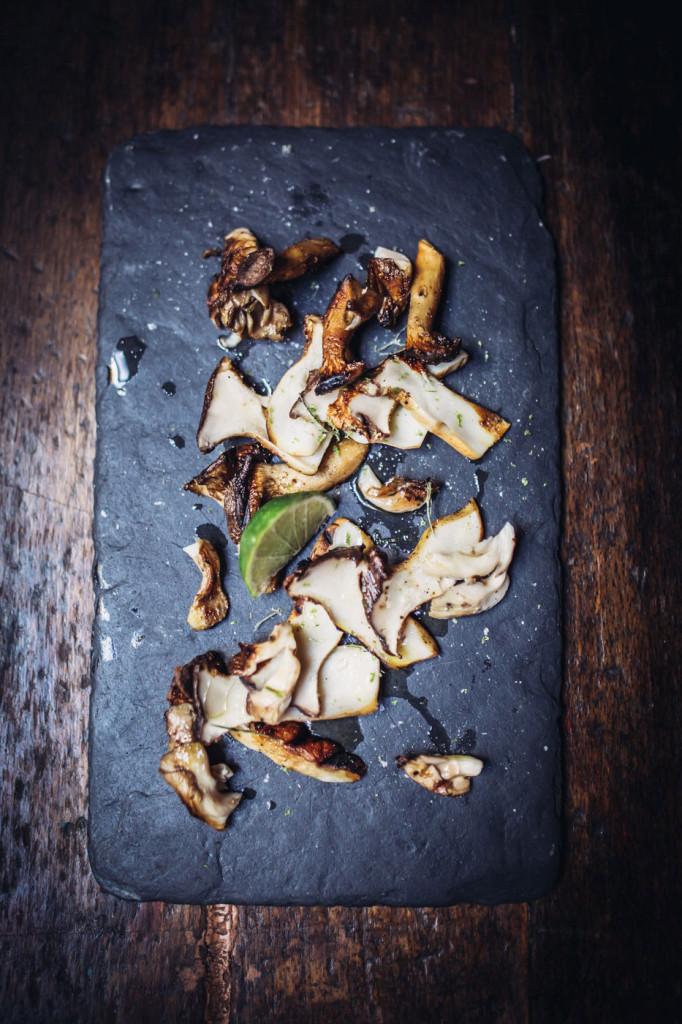
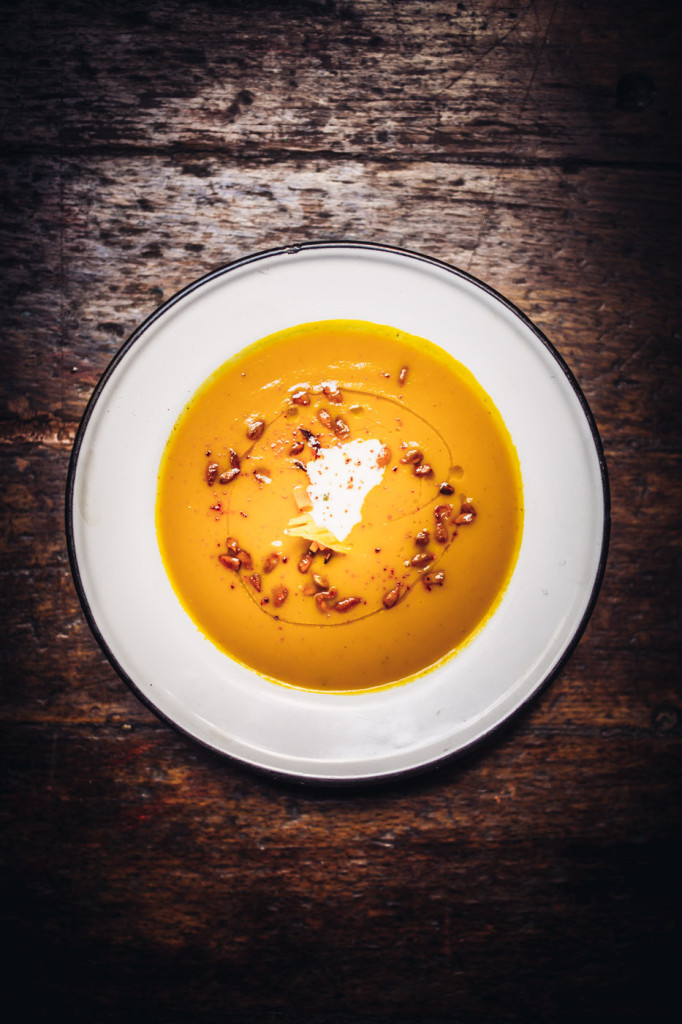


—
The Spotted Pig
314 West 11th Street
This West Village stalwart is signified only by a hanging figurine of (naturally) a spotted pig above the entrance. So keep an eye out, or you may just pass it by. Inside, the tin ceiling, copper piping, cask beers and the plethora of pig decor all contribute to a coziness that’s hard to capture in more recent attempts to recreate this type of place; after all, it is the original gastropub.
It’s the rare restaurant that strikes the balance between classic and contemporary––up-to-date cocktails like the Novo Mundo, made with Cachaca, lemon, egg white, sugar and sherry––alongside true pints of real ale and local craft beers.
And few city restaurants have such iconic and well-known menus. April Bloomfield’s OG spot is still churning out what many consider to be the among the city’s best burgers (and lest we forget that haystack of shoestring fries), all while pulling down Michelin stars year after year.

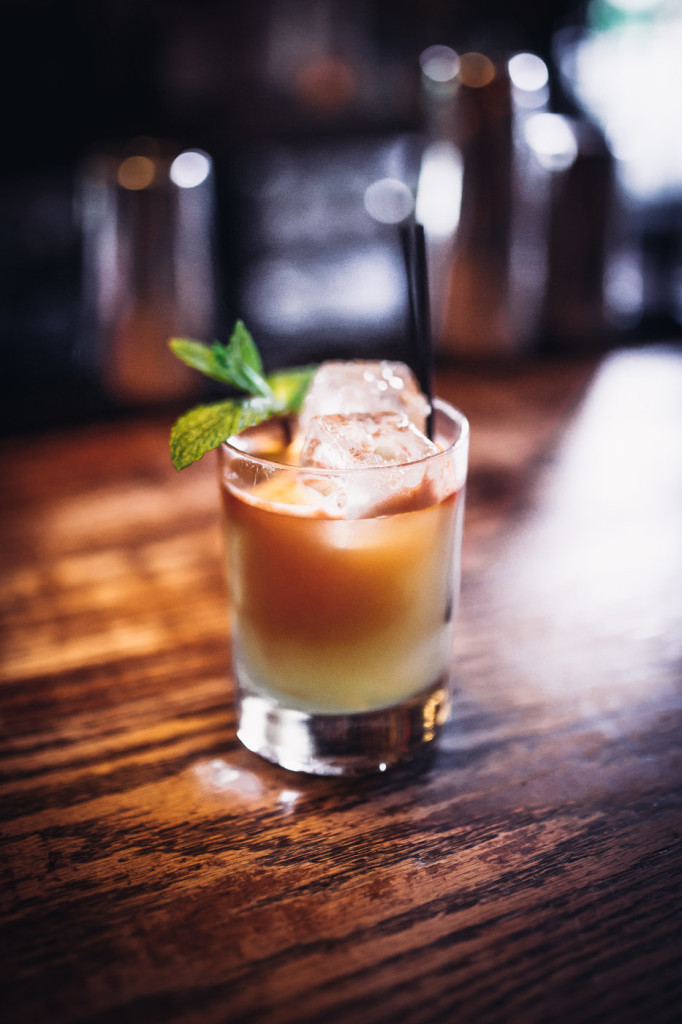
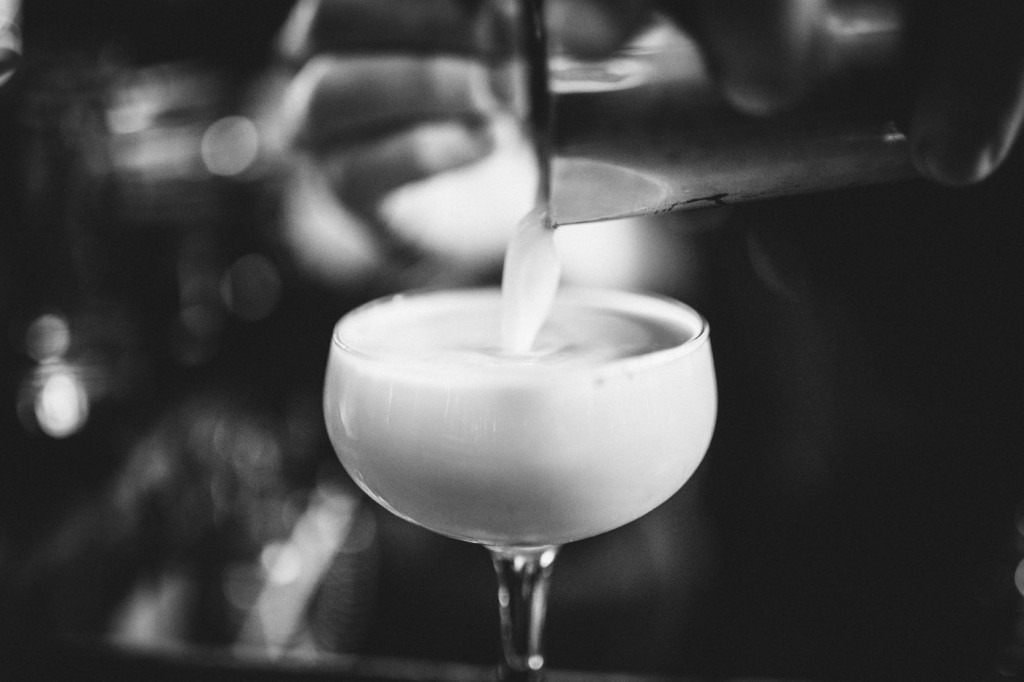
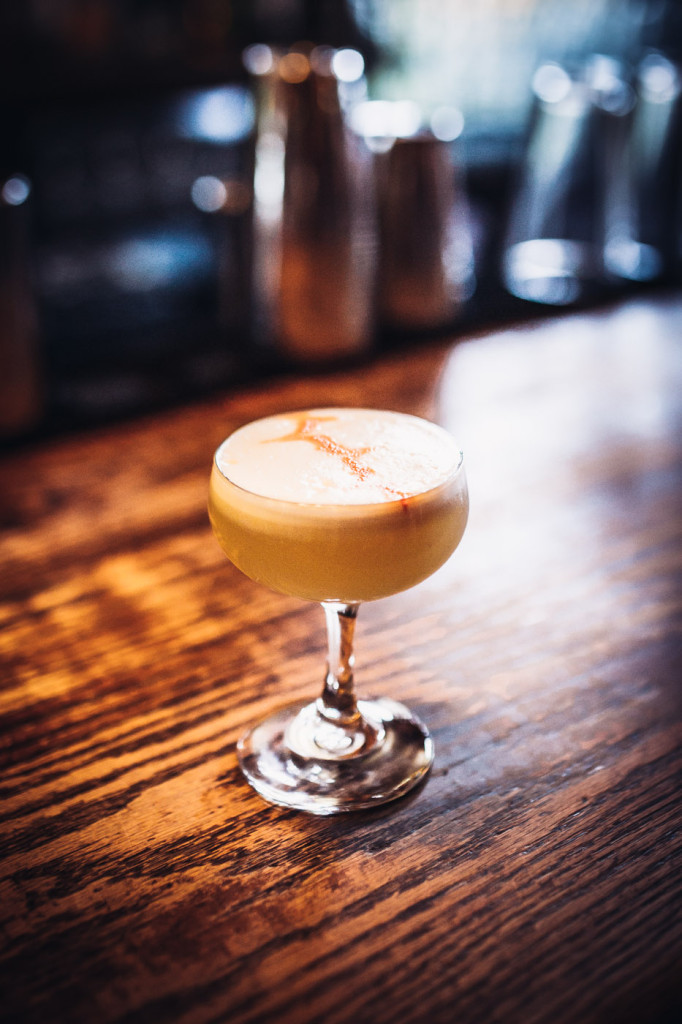





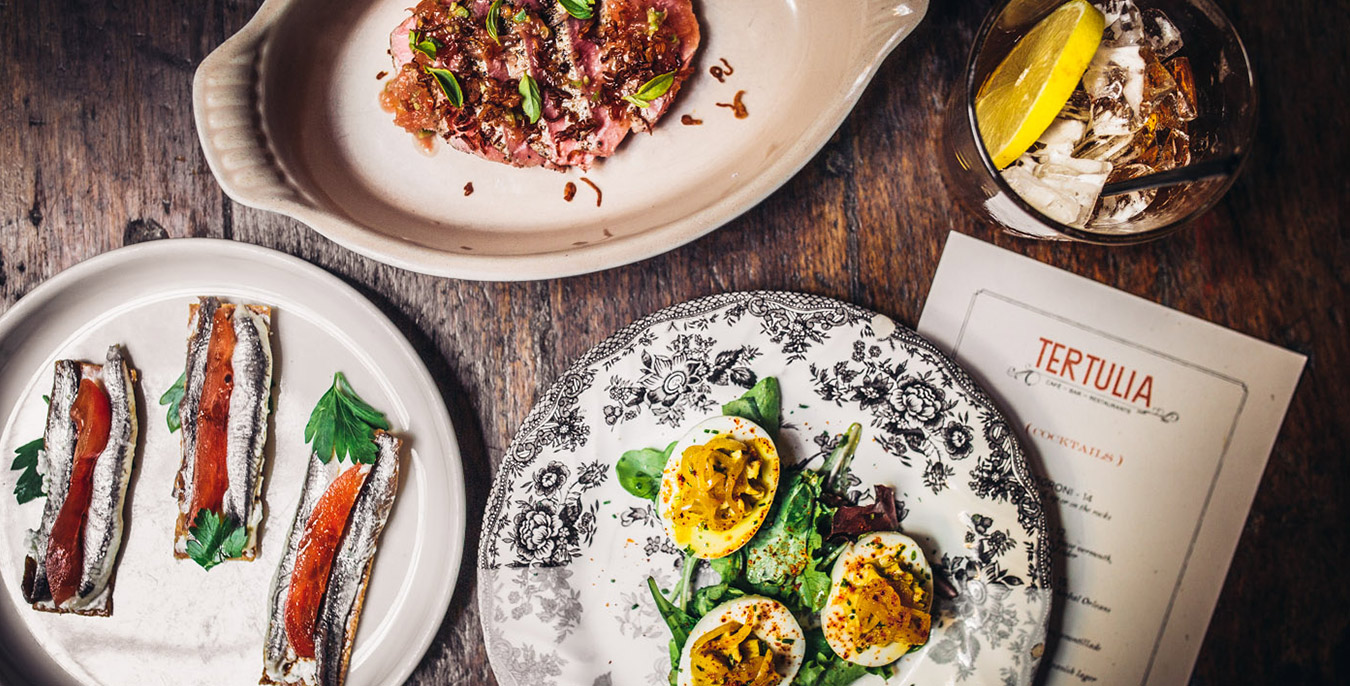

Our comments section is for members only.
Join today to gain exclusive access.